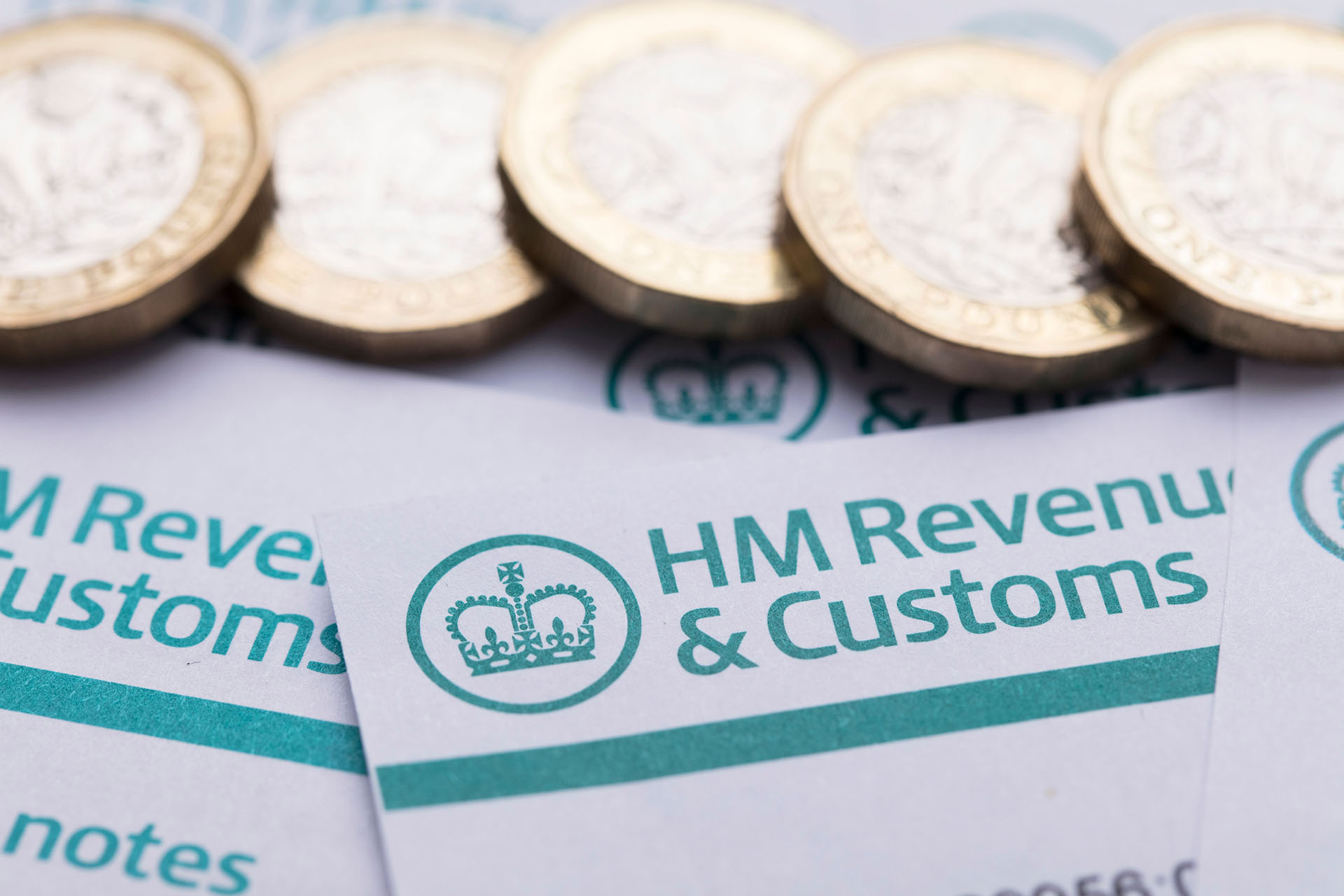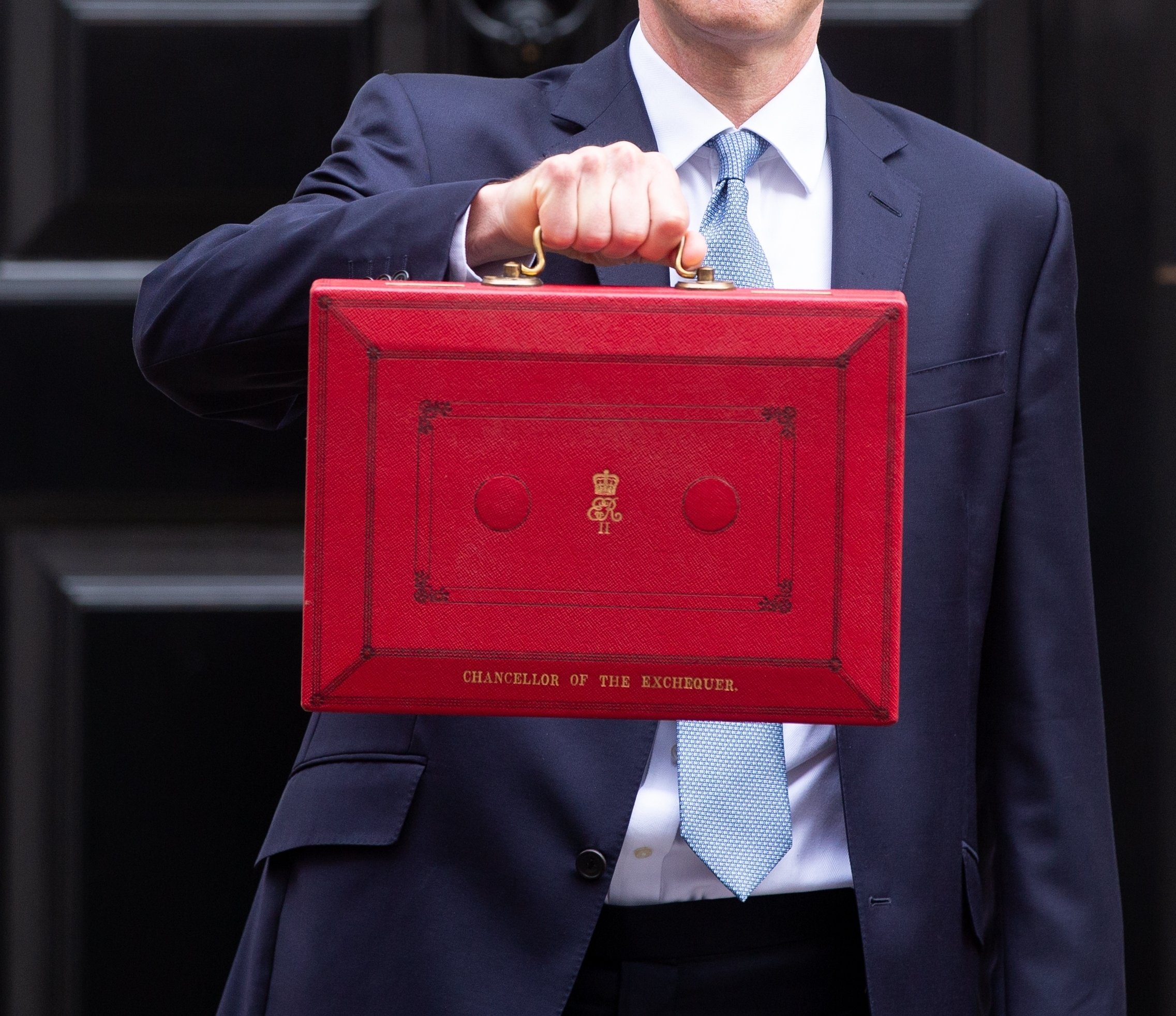How to claim your EIS tax reliefs: capital gains tax
Introduced in 1994 as the successor to the Business Expansion Scheme, The Enterprise Investment Scheme (EIS) was the first of a number venture capital schemes introduced in the UK to promote investment into unlisted early-stage businesses. Since this point the EIS has attracted more than 24 billion of private investment.
Providing investors with a direct platform to invest into high target growth, impact-driven startups and scaleups, a key factor that has played a role in the EIS's growing success has been the generous range of tax reliefs the scheme offers investors.
Two of the more renowned (and generally more sought after) tax advantages the EIS offers experienced investors, are the scheme's two capital gains tax (CGT) related reliefs. Before addressing exactly how such key capital gains tax reliefs can be claimed though, it can be useful to briefly explore how each of these advantages work.
An overview of capital gains tax reliefs
Following income tax relief, the pair of incentives surrounding targeting capital gains - CGT deferral and disposal relief - are some of the most significant offered by the scheme for many investors.
The first - CGT deferral relief - is offered to investors at the point of investment, and allows investors to defer a payment of CGT that has arose from the sale of any other asset (providing the gain is invested into EIS-eligible shares).
This effectively means that investors can treat gains they have acquired from shares, property sales, or any other chargeable asset as though they had been acquired in future years, offering investors the power to reorganise their tax liabilities to best make use of annual tax allowances and personal circumstances.
Interestingly, this still applies beyond the income tax relief limit in a year, so any amount can be reinvested in EIS shares and the deferral claimed, even if one a part of this amount obtains income tax relief.
At this point you may wonder why would you do this if you are, hopefully, going to make a gain from the EIS share anyway. Surely you are just going to use up your allowance there and still need to pay the same tax? This is where the second CGT relief - capital gains disposal relief (or capital gains tax exemption) - comes in.
With this relief, when EIS shares are disposed of for a gain, they are exempt from capital gains tax without affecting your annual allowance. This means that if you achieve growth on your EIS-eligible shares you will pay no tax on the gain that is made, allowing this to be used to settle the deferred tax liability.
Negating the usual UK CGT liability of 10% for basic rate taxpayers (or 18% for property sales) and 20% for higher/additional rate taxpayers (or 28% for property sales) due upon the point of the disposal, EIS CGT exemption can act as a powerful advantage for maximising returns when compared to many traditional equity routes.
A step-by-step guide of how to claim the tax relief
To claim disposal relief, you must have held the qualifying shares for a minimum of 3 years from when the shares were issued, or 3 years from when the company began trading, if later. This 3 year holding period is the same as that required for you to receive income tax relief in full, so is usually quoted as the general holding period for EIS-eligible shares.
More interestingly you must also have claimed income tax relief in full on your subscription, with none of the income tax relief withdrawn. This condition is relaxed somewhat in the case that you are unable to claim the full relief - if you have invested sufficient to reduce your income tax liability to zero, for example. In this case, you need to have claimed some income tax relief and not had any of this amount withdrawn. However, if you have invested more than the maximum subscription in a year, only part of the gain may be capital gains exempt.
This relief is offered automatically, as long as the qualifying conditions are met. Therefore the gain is treated as an exempt gain, so does not need to be included in your disposal proceeds. However, details of the disposal should be included in the 'Any other information' box of your Capital Gains summary form, as part of your annual tax return, so to make it clear that EIS shares were disposed of, which are exempt.
As with income tax relief, to claim capital gains deferral you need to wait until you receive the EIS3 form from the issuing company before you can claim any relief. You do not need to have received income tax relief on the EIS shares - this can be claimed independently of any other reliefs.
To claim deferral relief you must complete the claim form attached to the EIS3 certificate. This form is then attached to the capital gains summary pages of your tax return, and if the gain against which you are claiming deferral relief arose in the tax year to which this return relates, details of the claim should be provided in the ‘Any other information’ box, or in your computation, providing a clear statement that you are claiming EIS deferral relief. You must still include these chargeable gains in the capital gains summary pages when completing your tax return.
Useful information to know when claiming capital gains tax reliefs
One key point to be considered when investing in EIS-eligible shares is that the disposal relief is only offered when income tax relief is claimed, as already mentioned. One corollary of this is in the case when an individual has a nil income tax bill before reliefs. In this instance no income tax relief would be claimed on the investment and therefore no disposal relief would be offered despite the individual not being in a position to claim relief.
For deferral relief, this can be claimed against any gain arising on disposal of an asset, including previously disposed EIS shares when a gain is revived. The EIS shares you subscribe for must be issued to you in the period beginning 12 months before, and ending 36 months after, the date of this disposal.
You must then make your claim for deferral relief within 5 years of the 31st January following the tax year in which the shares were issued. For example, if you are issued shares in May 2022 you must claim your deferral relief by 31st January 2029.
As we have already mentioned, you cannot claim relief until the company sends you an EIS3 certificate, which it cannot do until it has been trading for at least 4 months. Therefore it can take a few months for the application to be completed and the certificates issued. This certificate will contain all of the information related to the investment that is required, including the issuing HMRC office and their reference.
This certificate must be kept safe, as HMRC may request that the original be sent in as evidence for the claim. As they are only issued as hard copies, another form must be requested if lost, which again can take a few months.
Though the EIS is just one tool investors can use to mitigate their CGT liabilities, investors should not rely solely on the scheme as a means of doing so and should consider the varied range of methods available to UK taxpayers for reducing or avoiding capital gains tax bills entirely.
Making an investment into EIS-eligible opportunities
The benefits of investing into companies under the EIS can be vast and varied: from contributing to positive long term impacts by backing the next generation of transformative British businesses, to building a diversified portfolio of high target growth startups, to minimising the personal tax bills through a range of generous tax reliefs.
But whilst it's true that the EIS has the ability to generate a host of varied benefits for experienced investors, it is equally important - if not more so - to remember that investing in startups is a classified as a high risk route.
And whilst a number of tax advantages can work cohesively to minimise this risk, EIS investment opportunities and providers should always be thoroughly researched and vetted before investors part with any of their capital.
%20(3)%20(2).jpg)












